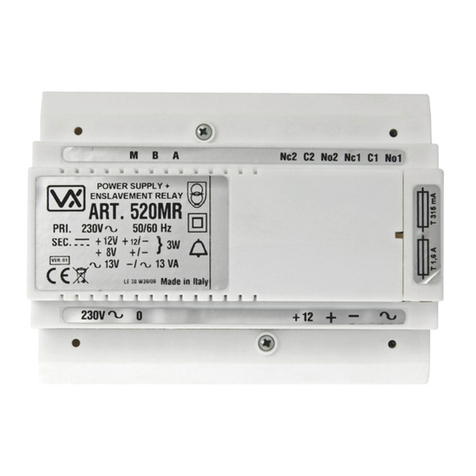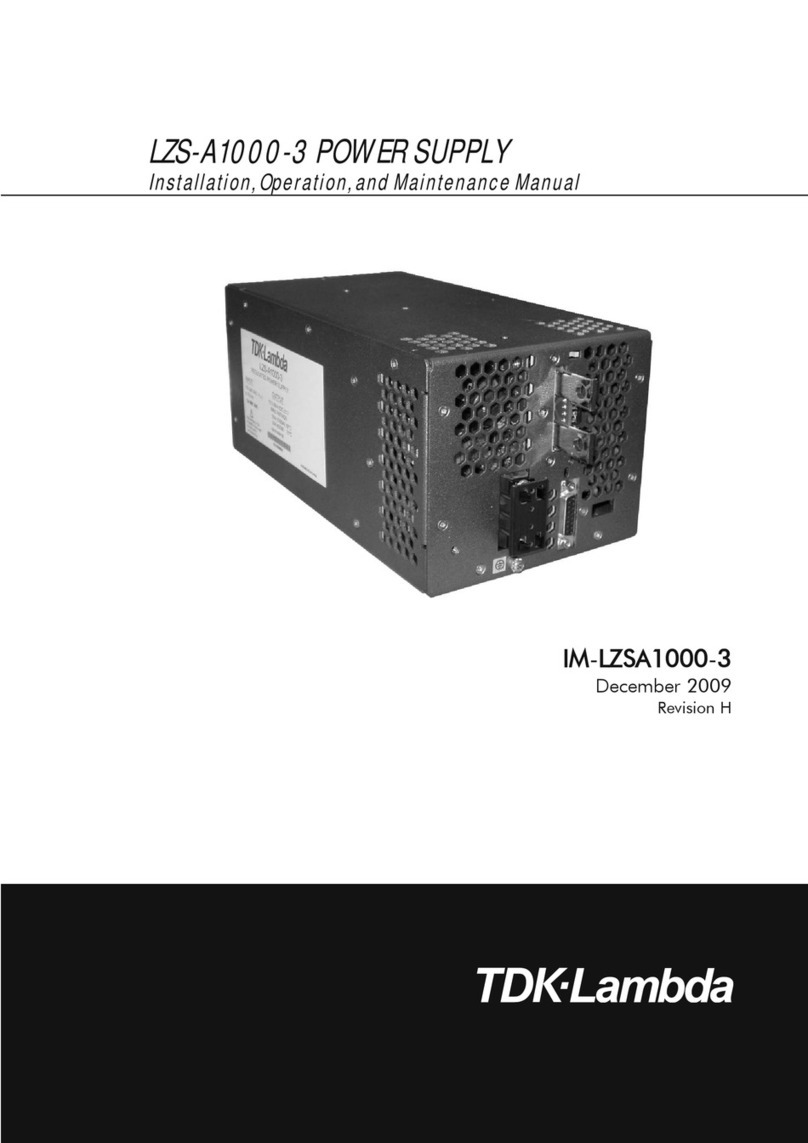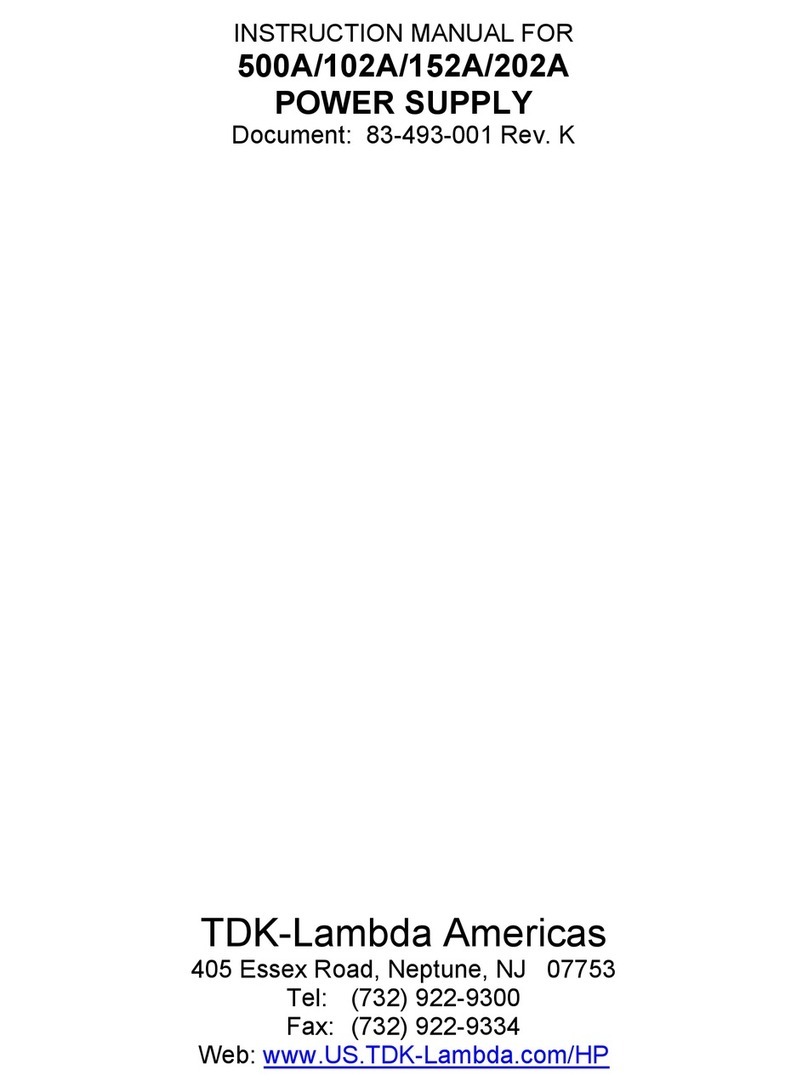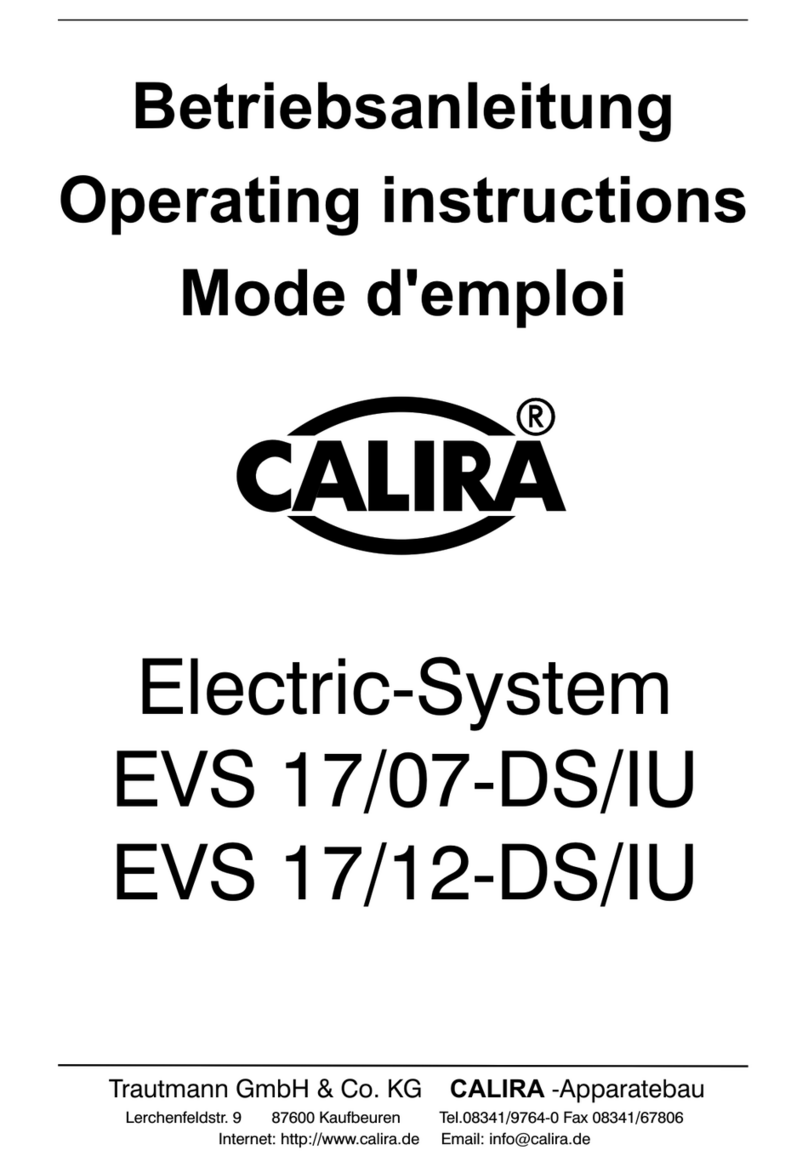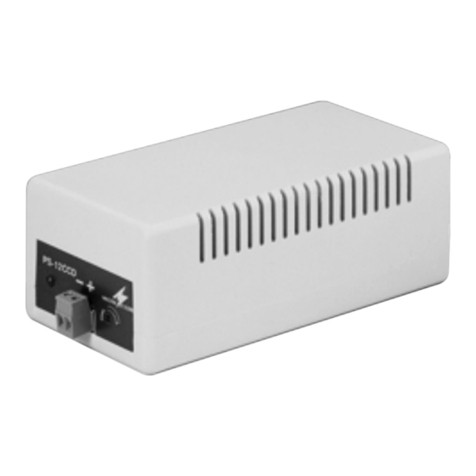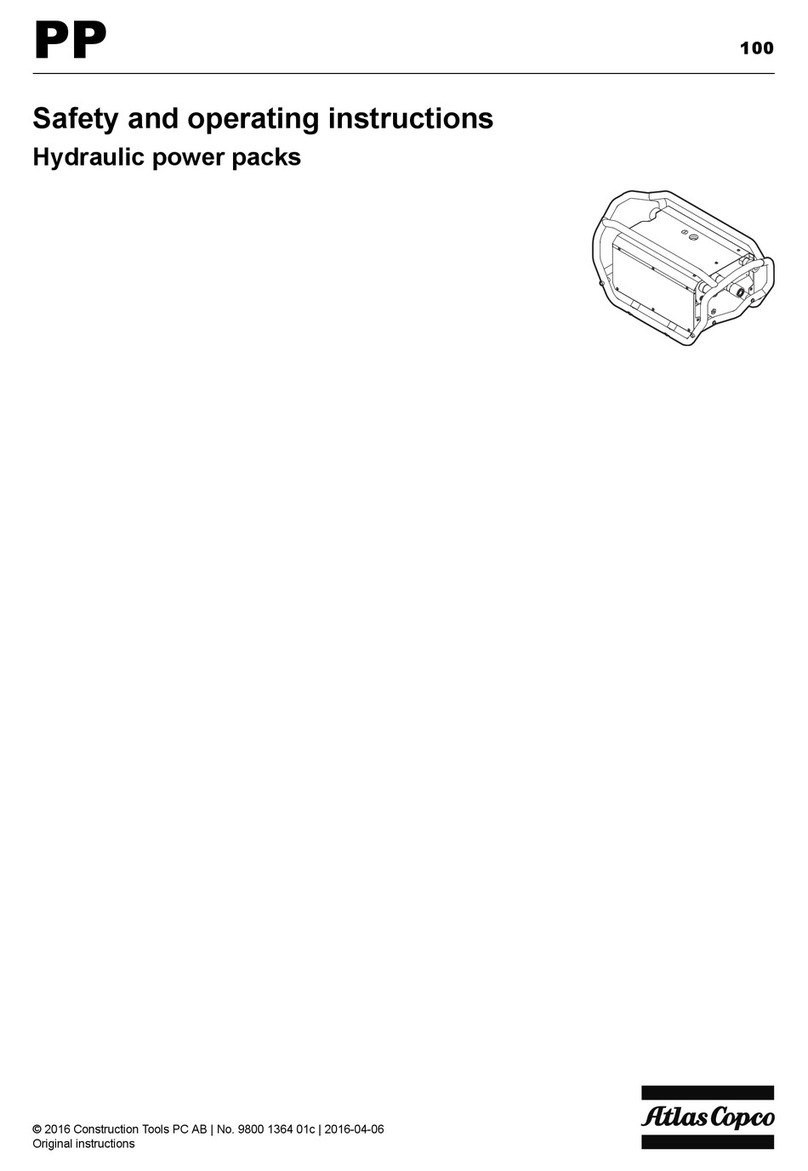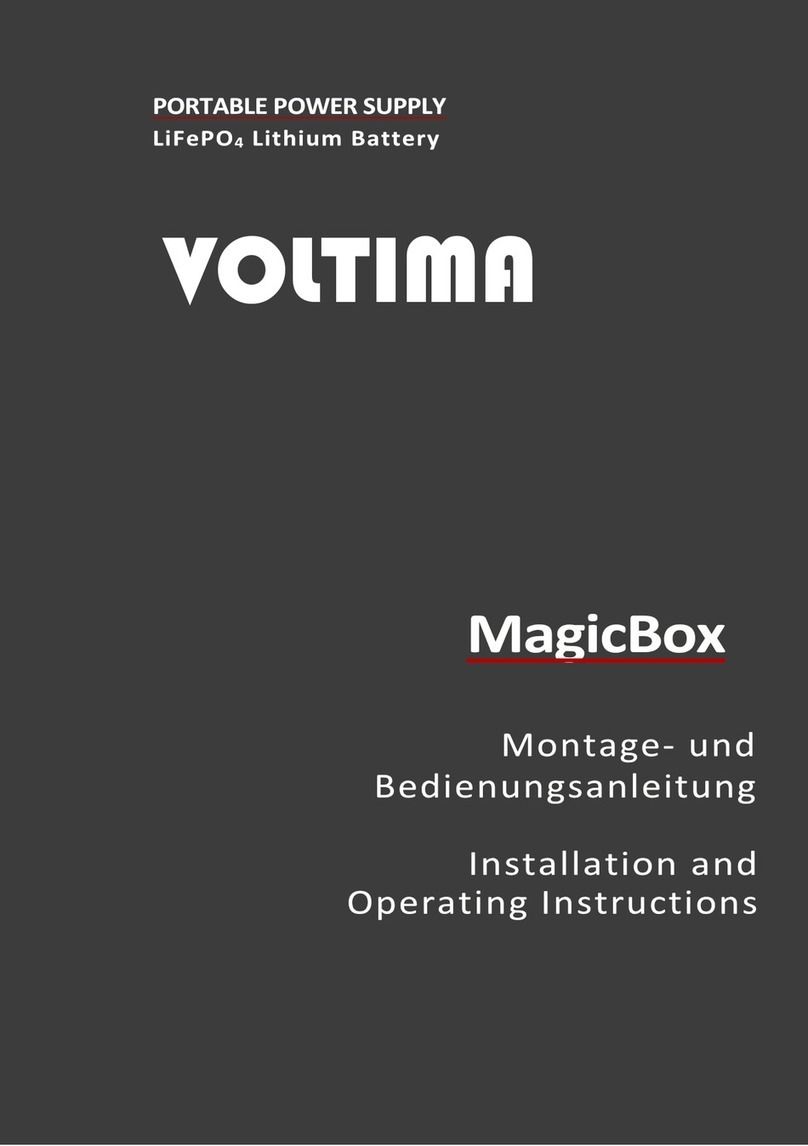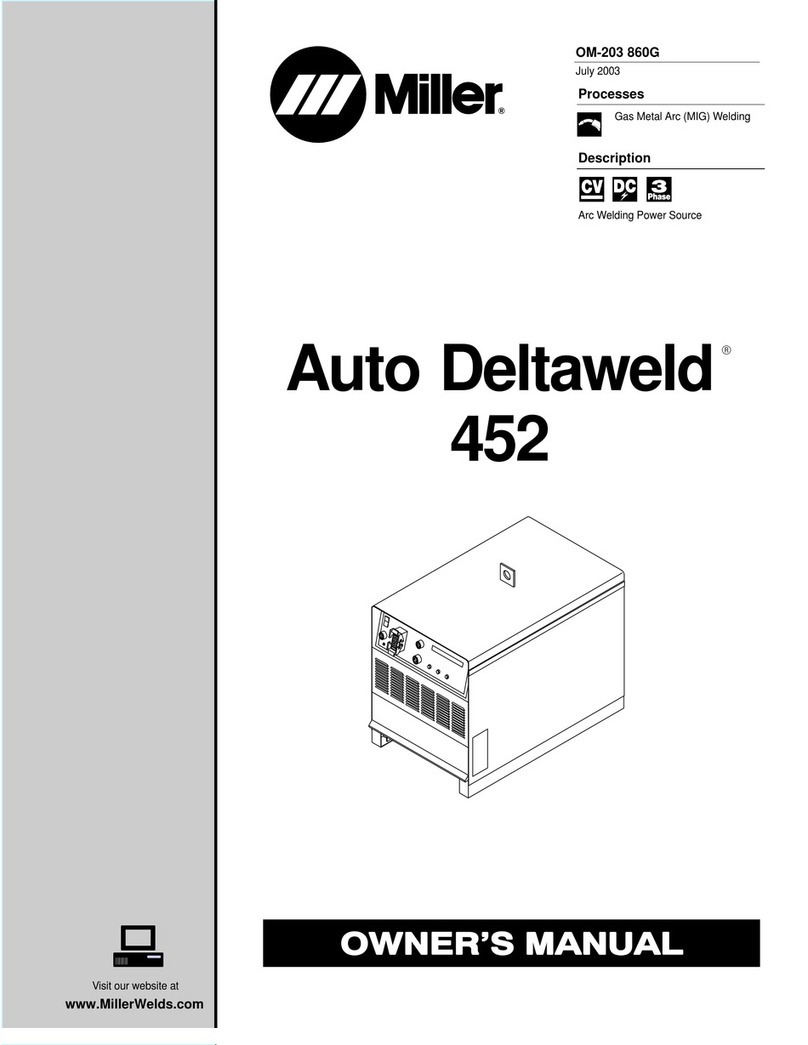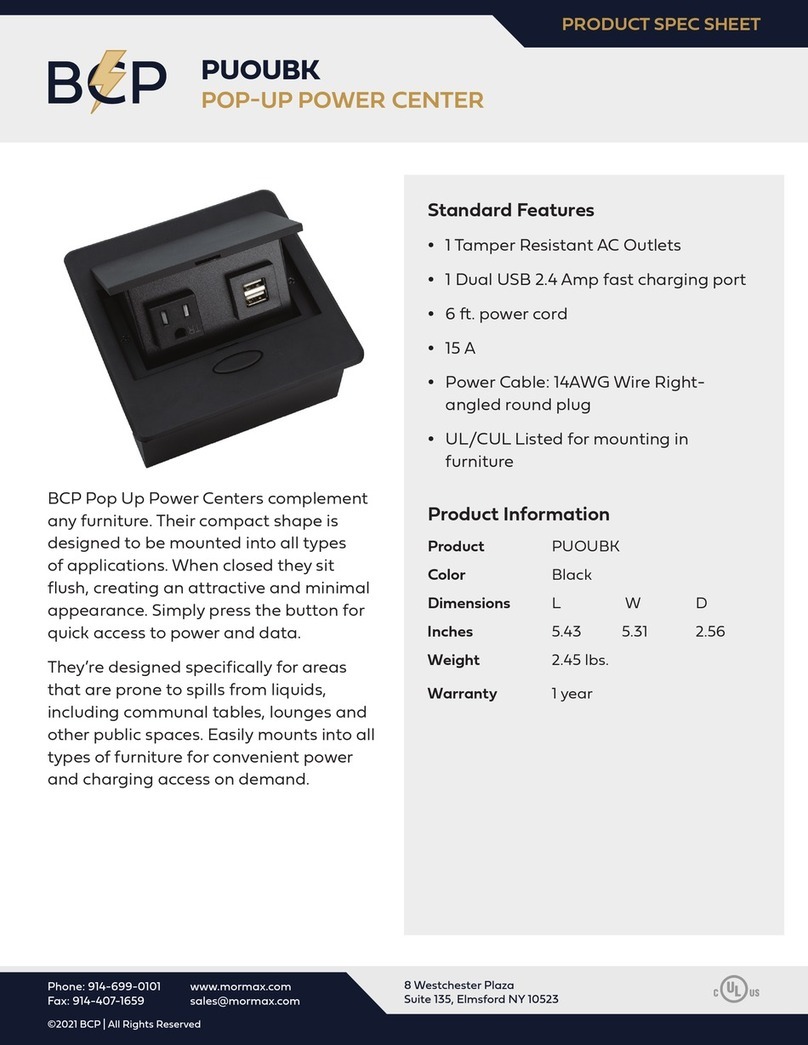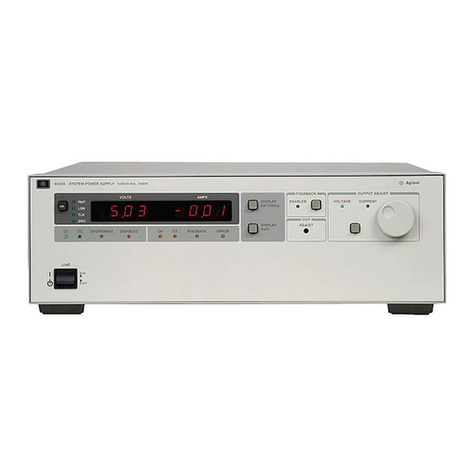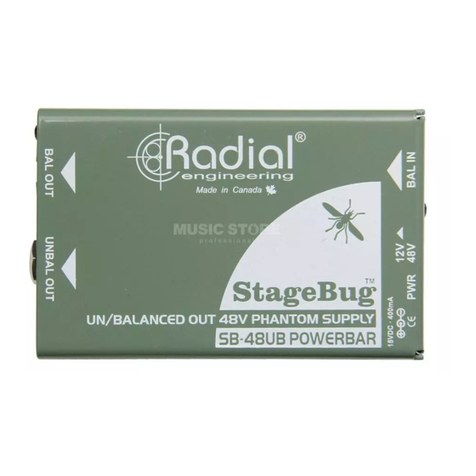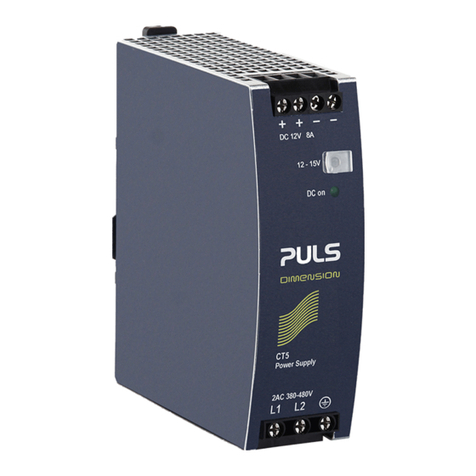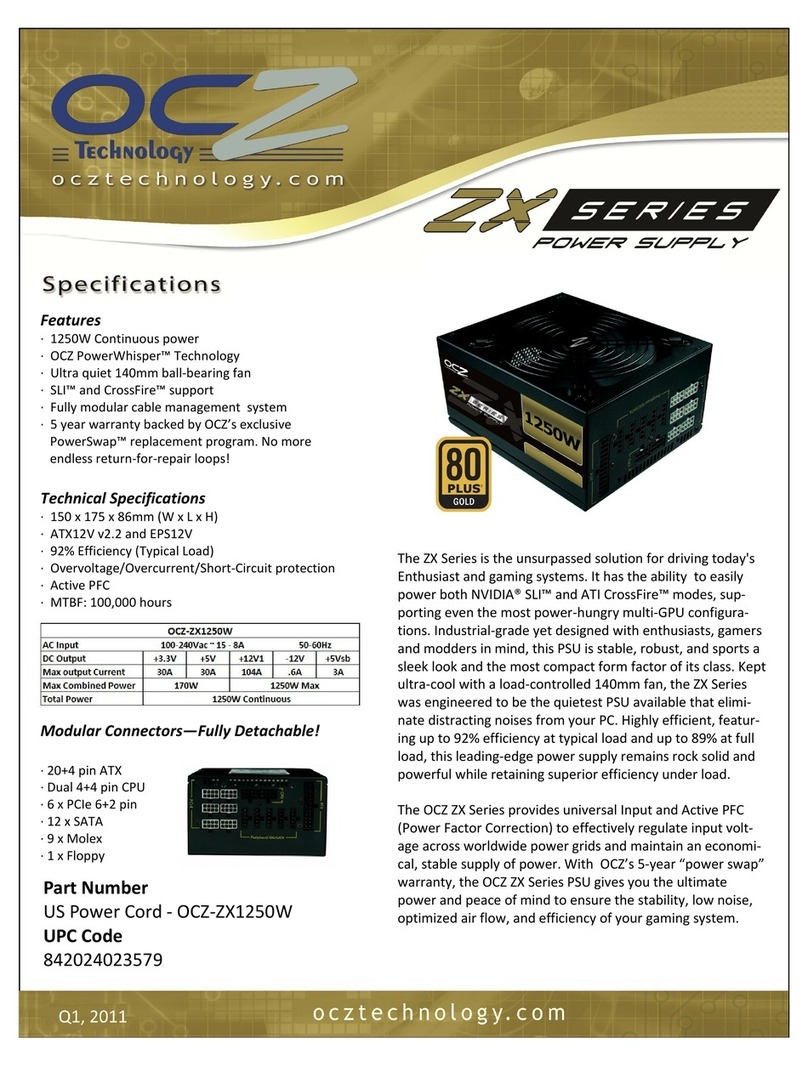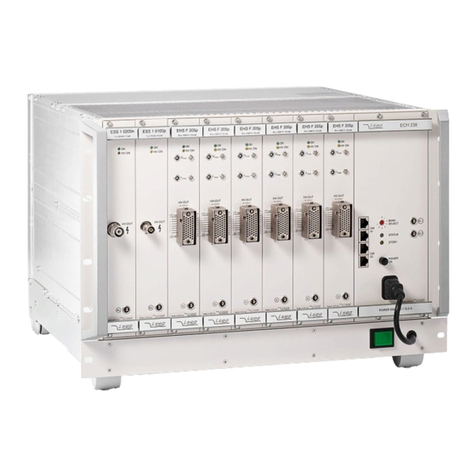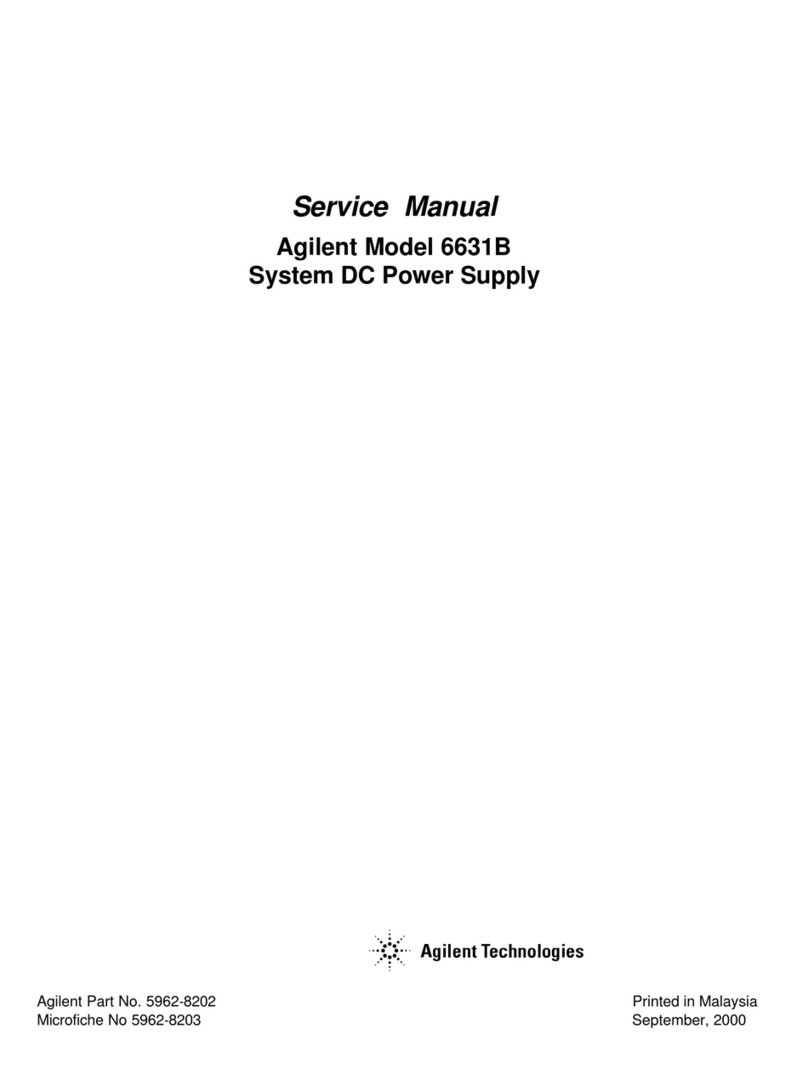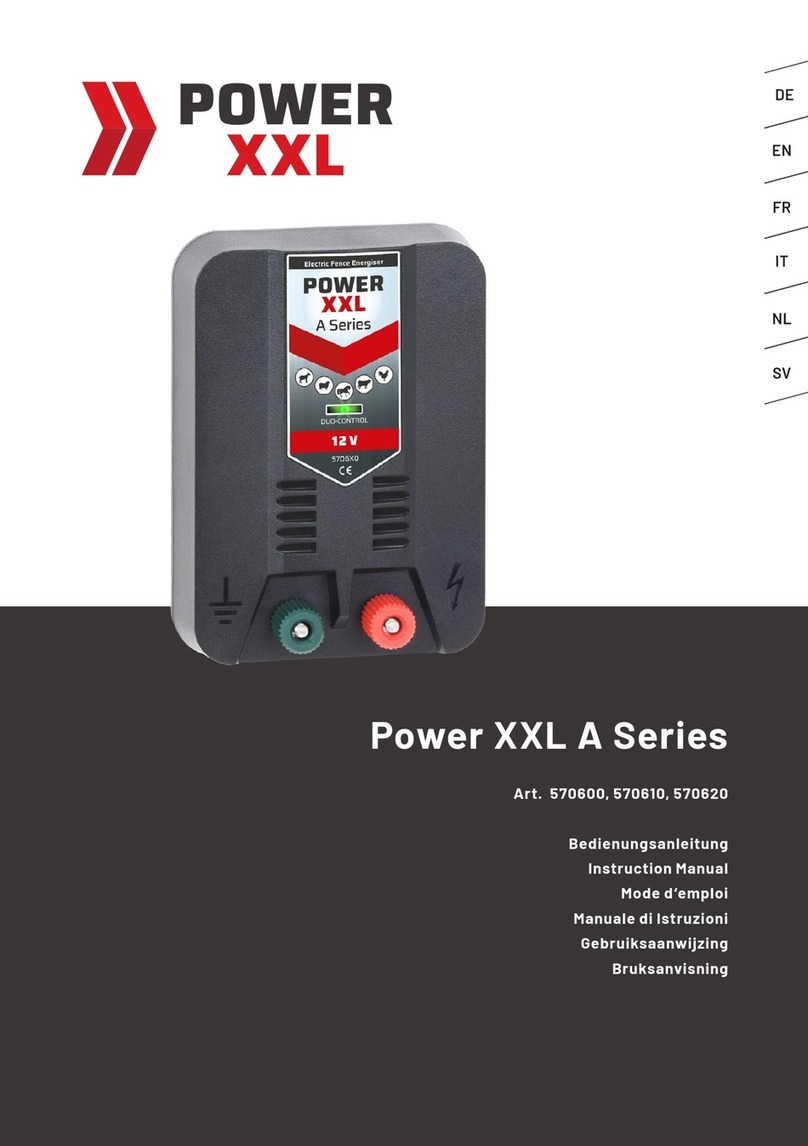Safety precautions
5
I. Safety Notes:
1. Do not use this product near heat sources, such as fire or electric ovens !
2. Do not use use this product upright, it will cause the air tunnel towards the ground blocking the air inlet and outlet !
3. Please do not use this product in heavy rain or stormy weather! Immersed in water is prohibit !
4. Do not use this product in static electricity or strong magnetic field environment !
5. Do not disassemble this product in any way, please contact after-sales or local distributor for any problems !
6. Do not use unapproved accessories, if you need to replace or purchase accessories, please contact us!
7. Please be sure to follow the ambient temperature specified in this manual. If the
temperature is too high, it may lead to fire or explosion. If the temperature is too low, the product performance may be
degraded or not work !
8. Please avoid violent impact, drop or vibration of the shell. In case of violent vibration or shock, please cut off the
power and stop using the product. Please fix the machine firmly during transportation to prevent violent vibration or
impact !
9. Do not use in unventilated, strongly dusty environments !
10. If the product is on fire, we recommend extinguishing the fire in the following sequence: atomized water, sand,
fire hood, dry powder, carbon dioxide extinguisher.
11. Clean the machine with a clean gauze and cotton cloth !
12. Please keep the product out of reach of children and pets !
II. Disposal Safety Instructions:
1. If it is permitted, please discharge the battery completely, and dispose of it in a proper battery recycling bin, this
product contains hazardous chemicals, therefore, do not discard the product in the ordinary rubbish bin. please refer
to the local laws and regulations regarding the recycling and disposal of batteries !
2. If the battery cannot be fully discharged due to a failure, do not discard it directly in the battery recycling bin. You
should contact a company that specializes in battery recycling for further processing !
